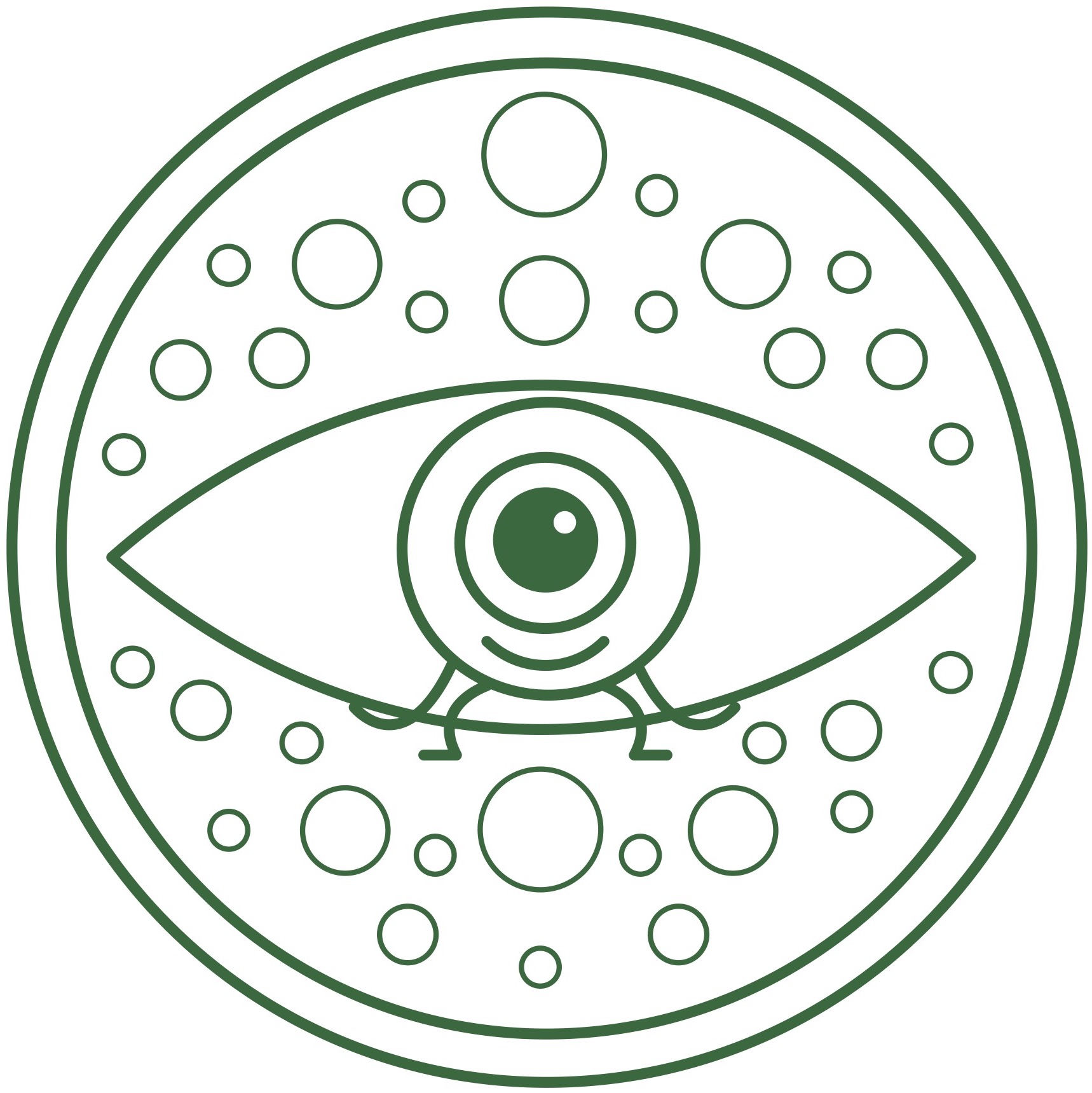PROJECT 5
From GWAS to neuroprotective pathways
POSITION FILLED
Why?
We recently carried out an extensive bioinformatics analysis based on genome-wide association study (GWAS) data from more than 12,315 patients with primary open-angle glaucoma (POAG) and 227,987 controls, which we used to prioritize 142 candidate disease genes of which 64 were novel for POAG (1). The objective of DC5 is to perform even more sophisticated bioinformatics and functional follow-up studies. The project builds on our most recent meta-GWAS analysis in an even larger sample of 26,848 cases and 1,460,599 controls from 15 global biobanks across six ancestries. In this GWAS a total of 109 genome-wide significantly associated loci (p<5e-8) were identified, 18 of which were novel (2). The current project will update this GWAS data and then use it to understand the molecular and cellular pathology involved in glaucoma and therapeutic options, such as neuroprotection (3).
How?
We will (i) perform new meta-GWAS studies based on larger sample sizes, (ii) improve the polygenic risk score for POAG, and (iii) identify pathological and neuroprotective molecular pathways. We will apply new bioinformatic algorithms and determine (sub-) cellular RNA levels and protein localization of prioritized genes in (glaucomatous) human donor retinas and retinal organoids, to highlight their role in (therapeutics of) POAG. The combination of bioinformatic and expression data will guide us to further molecular analyses and novel therapeutic approaches.
What can you expect?
The candidate will increase the knowledge on glaucoma pathology at various levels of complexity by combining bioinformatic, genetic, cellular, organoid, animal and human data. Genetic glaucoma disease models will be characterized and deep translational knowledge gained of the disease pathology. The genetic techniques will include (intertpretation of) mutation translation targeting and CRISPR/Cas9 technology. This deep knowledge on the etiology of glaucoma will inform medical read-outs for future experimental therapies.
Where?
This project is a joint doctorate between the University of Oldenburg (UOL) and the Academic Medical Centre of the University of Amsterdam. The main stay of the candidate is at UOL, but the project includes a secondment at the AUMC Amsterdam. The Human Genetic Division at the University of Oldenburg (UOL), Germany, bridges basic research on the genetic and molecular basis of human diseases with focus on ciliopathies, retinal dystrophies, optical atropies, and neuronal deficits. The research facilities are part of the Biomedical Center of Competence at the University of Oldenburg. UOL PIs: Harold Snieder, Prof. in Genetic Epidemiology specialized in genetic epidemiology and bioinformatics, and John Neidhardt, Prof. in Human Genetics specialization in genetic diseases in human, high throughput sequencing, gene therapy development. UOL Junior PI: Christoph Jüschke, Researcher, specialized in biochemistry, human genetics, optic atrophy, development of therapeutic approaches against genetic splice detects. The AUMC houses the following high quality core facilities accessible to researchers: large ophthalmic genetic patient database and registry, 3D cellular bioprinting, cellular imaging and electrophysiology facilities, laboratory of Genome Analysis, in vivo optical imaging, biobanking, ocular injection, surgery units for small animal models (SKILL centre Amsterdam) and a noninvasive visual follow-up unit for small laboratory animals (including OCT, ERG and visual behavioural tests). Multiple facilities are available, e.g. high-throughput sequencing and up-to-date microscopy. Additionally, the AUMC also provides its researchers with high-performance computing and grid computing facilities and a Technology Transfer Office (IXA). AUMC PI: Arthur A Bergen, Professor In Complex Ophthalmogenetics specialized in molecular pathology eye disorders, genetics, cell biology, modeling and therapeutics of ophthalmic genetic disease. AMC Junior PI: Ellie Wagstaff. Researcher specialized in retinal development and construction and analysis of retinal organoids.
Who are we looking for?
We are looking for candidates with a master´s degree in biomedical or health science with a strong affinity for genetics, bioinformatics and molecular biology research.
References
- Asefa, N.G.; Kamali, Z.; Pereira, S.; Vaez, A.; Jansonius, N.; Bergen, A.A.; Snieder, H. Bioinformatic Prioritization and Functional Annotation of GWAS-Based Candidate Genes for Primary Open-Angle Glaucoma. Genes 2022, 13, 1055. https://doi.org/10.3390/genes13061055
- Valeria Lo Faro, Arjun Bhattacharya, Wei Zhou, Dan Zhou, Ying Wang, Kristi Läll, Masahiro Kanai, Esteban Lopera-Maya, Peter Straub, Priyanka Pawar, Ran Tao, Xue Zhong, Shinichi Namba, the Global Biobank Meta-analysis Initiative, Serena Sanna, Ilja M. Nolte, Yukinori Okada, Nathan Ingold, Stuart MacGregor, Harold Snieder, Ida Surakka, Cristen Willer, Alicia R. Martin, Milam A. Brantley Jr., Eric R. Gamazon, Nomdo M. Jansonius, Karen Joos, Nancy J. Cox, Jibril Hirbo. Genome-wide association meta-analysis identifies novel ancestry-specific primary open-angle glaucoma loci and shared biology with vascular mechanisms and cell proliferation. medRxiv 2021.12.16.21267891; doi: https://doi.org/10.1101/2021.12.16.21267891
- Wagstaff PE, Ten Asbroek ALMA, Ten Brink JB, Jansonius NM, Bergen AAB. An alternative approach to produce versatile retinal organoids with accelerated ganglion cell development. Sci Rep. 2021 Jan 13;11(1):1101. PMID: 33441707
POSITION FILLED
